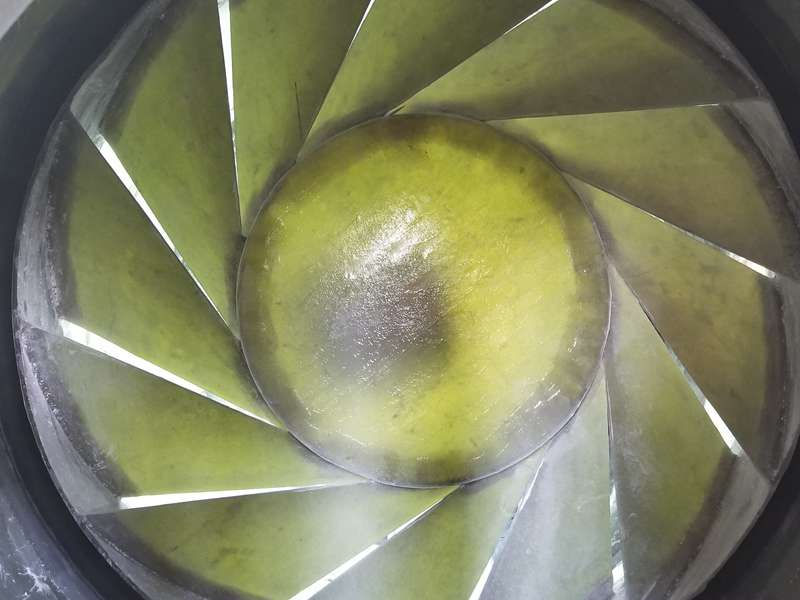
-
 Afrikaans
Afrikaans -
 Albanian
Albanian -
 Amharic
Amharic -
 Arabic
Arabic -
 Armenian
Armenian -
 Azerbaijani
Azerbaijani -
 Basque
Basque -
 Belarusian
Belarusian -
 Bengali
Bengali -
 Bosnian
Bosnian -
 Bulgarian
Bulgarian -
 Catalan
Catalan -
 Cebuano
Cebuano -
 China
China -
 China (Taiwan)
China (Taiwan) -
 Corsican
Corsican -
 Croatian
Croatian -
 Czech
Czech -
 Danish
Danish -
 Dutch
Dutch -
 English
English -
 Esperanto
Esperanto -
 Estonian
Estonian -
 Finnish
Finnish -
 French
French -
 Frisian
Frisian -
 Galician
Galician -
 Georgian
Georgian -
 German
German -
 Greek
Greek -
 Gujarati
Gujarati -
 Haitian Creole
Haitian Creole -
 hausa
hausa -
 hawaiian
hawaiian -
 Hebrew
Hebrew -
 Hindi
Hindi -
 Miao
Miao -
 Hungarian
Hungarian -
 Icelandic
Icelandic -
 igbo
igbo -
 Indonesian
Indonesian -
 irish
irish -
 Italian
Italian -
 Japanese
Japanese -
 Javanese
Javanese -
 Kannada
Kannada -
 kazakh
kazakh -
 Khmer
Khmer -
 Rwandese
Rwandese -
 Korean
Korean -
 Kurdish
Kurdish -
 Kyrgyz
Kyrgyz -
 Lao
Lao -
 Latin
Latin -
 Latvian
Latvian -
 Lithuanian
Lithuanian -
 Luxembourgish
Luxembourgish -
 Macedonian
Macedonian -
 Malgashi
Malgashi -
 Malay
Malay -
 Malayalam
Malayalam -
 Maltese
Maltese -
 Maori
Maori -
 Marathi
Marathi -
 Mongolian
Mongolian -
 Myanmar
Myanmar -
 Nepali
Nepali -
 Norwegian
Norwegian -
 Norwegian
Norwegian -
 Occitan
Occitan -
 Pashto
Pashto -
 Persian
Persian -
 Polish
Polish -
 Portuguese
Portuguese -
 Punjabi
Punjabi -
 Romanian
Romanian -
 Russian
Russian -
 Samoan
Samoan -
 Scottish Gaelic
Scottish Gaelic -
 Serbian
Serbian -
 Sesotho
Sesotho -
 Shona
Shona -
 Sindhi
Sindhi -
 Sinhala
Sinhala -
 Slovak
Slovak -
 Slovenian
Slovenian -
 Somali
Somali -
 Spanish
Spanish -
 Sundanese
Sundanese -
 Swahili
Swahili -
 Swedish
Swedish -
 Tagalog
Tagalog -
 Tajik
Tajik -
 Tamil
Tamil -
 Tatar
Tatar -
 Telugu
Telugu -
 Thai
Thai -
 Turkish
Turkish -
 Turkmen
Turkmen -
 Ukrainian
Ukrainian -
 Urdu
Urdu -
 Uighur
Uighur -
 Uzbek
Uzbek -
 Vietnamese
Vietnamese -
 Welsh
Welsh -
 Bantu
Bantu -
 Yiddish
Yiddish -
 Yoruba
Yoruba -
 Zulu
Zulu
frp damper
Understanding FRP Dampers Enhancing Structural Integrity
Fiber Reinforced Polymer (FRP) dampers have emerged as a revolutionary solution in the field of civil engineering and structural design. These advanced materials are specifically engineered to absorb and dissipate energy, significantly enhancing the resilience of structures subjected to dynamic loads, such as earthquakes or wind forces. The integration of FRP dampers into buildings and bridges marks a significant advancement in ensuring safety and stability in the face of natural disasters and external stressors.
Understanding FRP Dampers Enhancing Structural Integrity
One of the primary functions of FRP dampers is to mitigate the vibrations and oscillations that occur during seismic events. Traditional damping systems often rely on heavy metallic components, which can add significant weight to a structure. In contrast, FRP dampers provide an innovative approach by offering an efficient energy absorption mechanism without the burden of additional mass. This aspect is particularly critical in high-rise buildings, where excessive weight can compromise stability and structural performance.
frp damper

In addition to seismic resistance, FRP dampers are increasingly being used in wind-sensitive structures. Tall buildings and long-span bridges are particularly vulnerable to lateral forces caused by high winds. The strategic placement of FRP dampers allows these structures to effectively counteract such forces, improving their overall performance and durability. This capability not only protects the physical integrity of the structure but also enhances occupant comfort by minimizing sway and vibrations.
The installation process for FRP dampers can be streamlined due to their lightweight nature. Reduced transportation and handling costs, combined with easier on-site assembly, make them a practical choice for many construction projects. Furthermore, the versatile design of FRP dampers allows for customization to meet specific engineering requirements, making them suitable for a wide range of applications.
As the demand for sustainable and resilient building practices continues to grow, FRP dampers are gaining traction as an eco-friendly alternative to traditional damping systems. Their long lifespan and minimal maintenance requirements contribute to reduced lifecycle costs, aligning with contemporary sustainability goals.
In conclusion, the incorporation of FRP dampers into modern engineering practices represents a significant technological advancement. By providing lightweight, efficient, and durable solutions for energy dissipation, these materials enhance the resilience of structures against dynamic loads. As cities and infrastructure evolve to meet the challenges posed by climate change and increasing seismic activity, FRP dampers will play an integral role in ensuring the safety and longevity of our built environment. The future of structural engineering is not just about building taller or more complex structures, but about doing so in a way that prioritizes resilience, sustainability, and safety.









